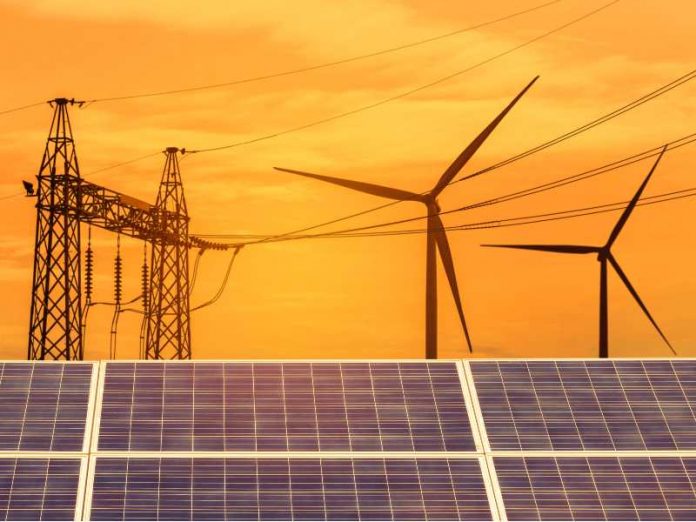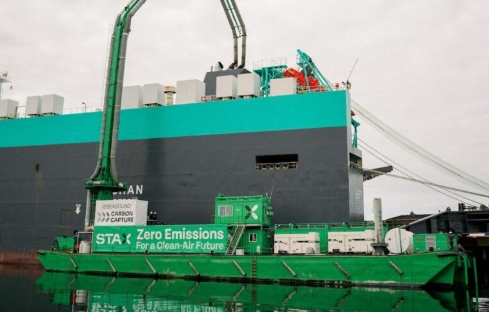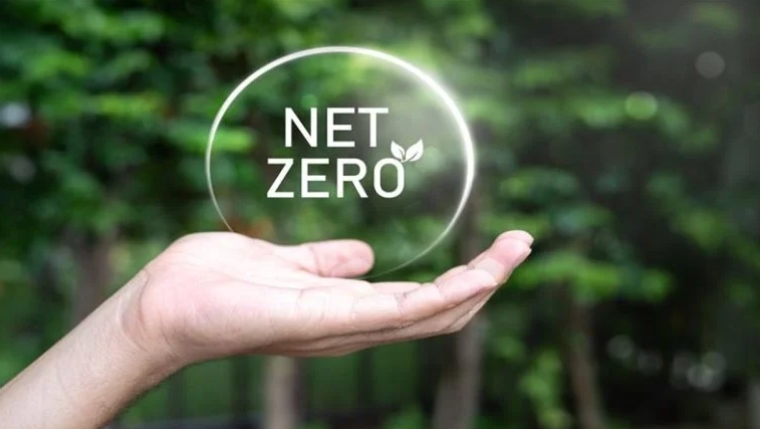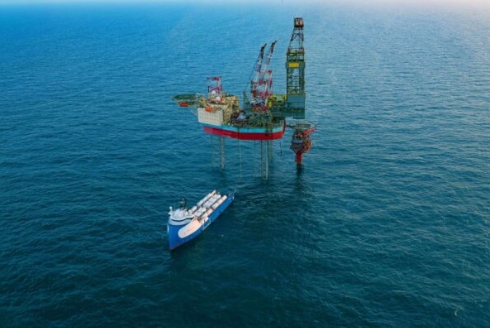
While the fastest-growing source of electricity is clean power, wind and solar generation are not growing fast enough to meet the rise in global electricity demand and fossil fuels continue to fill in the ever-growing gap.
The fastest-growing source of electricity is wind and solar, reaching a record 10.3% of global electricity in 2021. Ironically, clean power now makes up 38% of global electricity, surpassing coal-fired electricity (36%). Only 29% of the percentage rise in global electricity demand was met by wind and solar generation though.
Other clean electricity sources did not grow – nuclear and hydropower generation remained unchanged for two years. This led to the electricity demand increase being met by fossil fuels.
Around 59% of the world’s electricity demand increase in 2021 was met by coal generation alone.
This is according to Ember’s Global Electricity Review 2022. The climate think tank’s third annual review provides an overview of global power generation. Ember’s dataset uses data for 209 countries between 2000 and 2020. For 2021 they added data for 75 countries which together represent 93% of global power demand.
Fifty countries have now crossed the 10% wind and solar mark, with seven new countries in 2021 – China, Japan, Mongolia, Vietnam, Argentina, Hungary and El Salvador. The Netherlands, Australia and Vietnam shifted more than 8% of their total electricity demand from fossil fuels to wind and solar in just the last two years.
Ember global lead, Dave Jones: “Wind and solar have arrived. The processes that will reshape the existing energy system have begun. This decade they need to be deployed at lightning speed to reverse global emissions increases and tackle climate change.”
Global electricity generated by fossil fuels has increased
Electricity demand rebounded in 2021 from 2020 in absolute terms – 1,414TWh. This is the same as adding a new India to the world’s demand for electricity.
This 5.4% rise in demand growth between 2021 and 2020 was the fastest since 2010. Many advanced economies rebounded back to pre-pandemic levels after the fall of 2020. But, the real growth was in Asia as the region’s economy boomed. China experienced the biggest rise, with 13% higher electricity demand in 2021 than in 2019.
Only 1% of global solar generation in 2021 was in African countries, 2% in the Middle Eastern countries (having 3% and 4% respectively of global electricity demand respectively).
62% of the world’s electricity use was generated from fossil fuels in 2021. This is up from 61% in 2020. This is the first year since 2012 that the fossil fuel share has risen.
The use of coal-fired power rose by 9% in 2021 to 10,042TWh. This is a new all-time high, 2% above the previous record set in 2019. It was the biggest percentage rise on record since 1985, taking coal generation to 36% of global electricity.
New coal records set in Asia in 2021 include China (+9%), India (+11%), Kazakhstan (+6%), Mongolia (+13%), Pakistan (+8%), the Philippines (+8%) and probably Indonesia, though no data is available for that country yet. China’s share of global coal power rose from 50% (2019) to 54% (2021).
In 2021 coal power use in the US, EU and Japan rebounded strongly compared to 2020 but it remained below the levels of 2019.
Has gas use reached a plateau?
The record rise in the use of coal power was not matched by global gas generation, which increased by only 1% in 2021. Still, 10% of the rise in electricity demand was met by oil and gas generated power. The share of global electricity generated by gas dropped from 23% in 2020 to 22% in 2021.
The rise in the use of gas overall has been slow and relentless, leading to a doubling in generation between 2002 and 2020. But, the global gas crisis in 2021 caused gas prices to spike to record levels in many countries, even as generation barely increased. The Ember report did question whether this plateau represents a new trend.
The biggest rises in the use of gas generation in 2021 were in Russia, Turkey and Brazil to compensate for lowered hydropower production because of too little rain. Most of the countries with the highest amount of electricity produced from gas power are in the Middle East and Africa. So, as electricity demand rose across MENA, the low levels of clean power meant gas power use increased.
To meet the IEA’s 1.5-degree pathway, gas generation in 2030 cannot be significantly higher than it was in 2020. And, after 2030, the unabated use of gas power must reduce to zero by 2040.
Clean power other than wind and solar
While wind and solar are the fastest-growing sources of clean energy, the IEA Net Zero by 2050 report anticipates that around 25% of the growth in clean electricity sources will be from other technologies. But, as it stands now, the growth in clean energy generation technologies that are not wind and solar stood still in 2021.
Hydropower generation fell 2% because of drier conditions, especially in China. Nuclear power increased by 4% as existing reactors in France and Japan came back online and new reactors were switched on in Russia and China.
The use of bioenergy grew by 6% across the world. But, the concern is being raised about the true emissions impact. The emerging technologies commonly cited when discussing net-zero pathways still aren’t making any headway in producing a meaningful amount of electricity. These are technologies such as carbon capture of fossil fuels, hydrogen-based fuels, concentrated solar power, geothermal power and marine-based generation.
The other technologies generally complement rather than compete with wind and solar. They can also help support the grid to deal with the variability of wind and solar. So, stalled technology capacity in these other sectors makes it even more difficult to reach 2030 emissions cuts targets.
The IEA did suggest an alternative scenario where it is possible to decarbonise energy systems without using bioenergy and CCS, but that raises the cost of reaching a zero-carbon power scenario.
The electricity transition is already happening
“Even as coal and power emissions hit another all-time high, there are clear signs that the global electricity transition is well underway. More wind and solar is being added to grids than ever. And not just in a few countries, but across the world.
“They are able—and expected—to provide the majority of clean electricity needed to phase out all fossil fuels, at the same time helping to increase energy security. But with sustained high gas prices amid Russia’s war with Ukraine, there is a real risk of relapse into coal, threatening the global 1.5 degrees climate goal.
“Clean electricity now needs to be built on a heroic scale. Leaders are only just waking up to the challenge of how quickly they need to move to 100% clean electricity,” said Jones.
Ember’s Global Electricity Review 2022 is available online, alongside all the data used to create the report.







